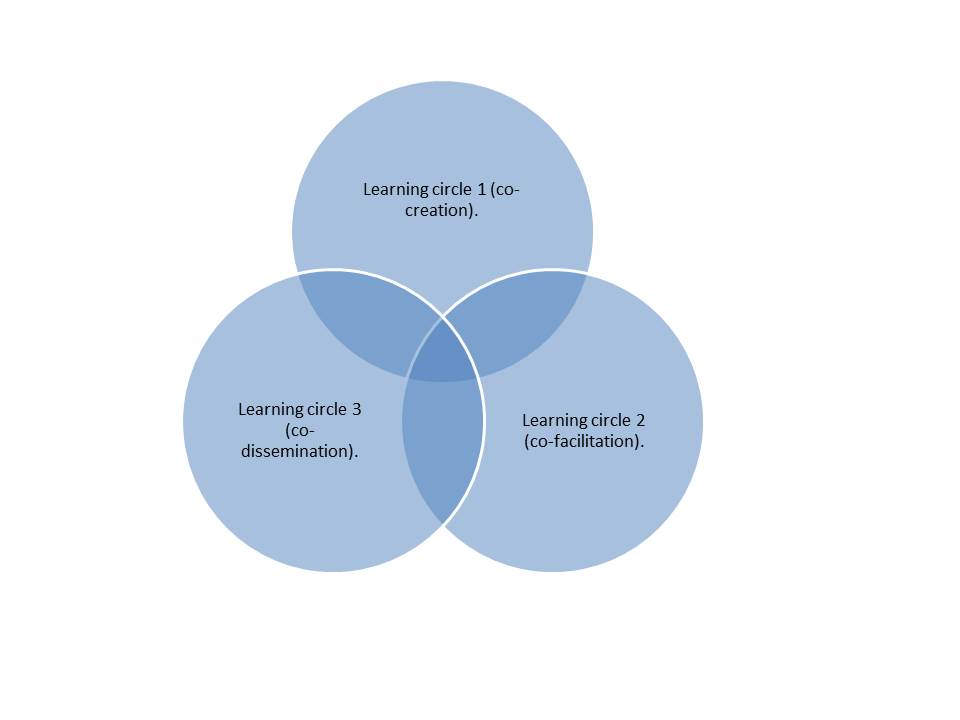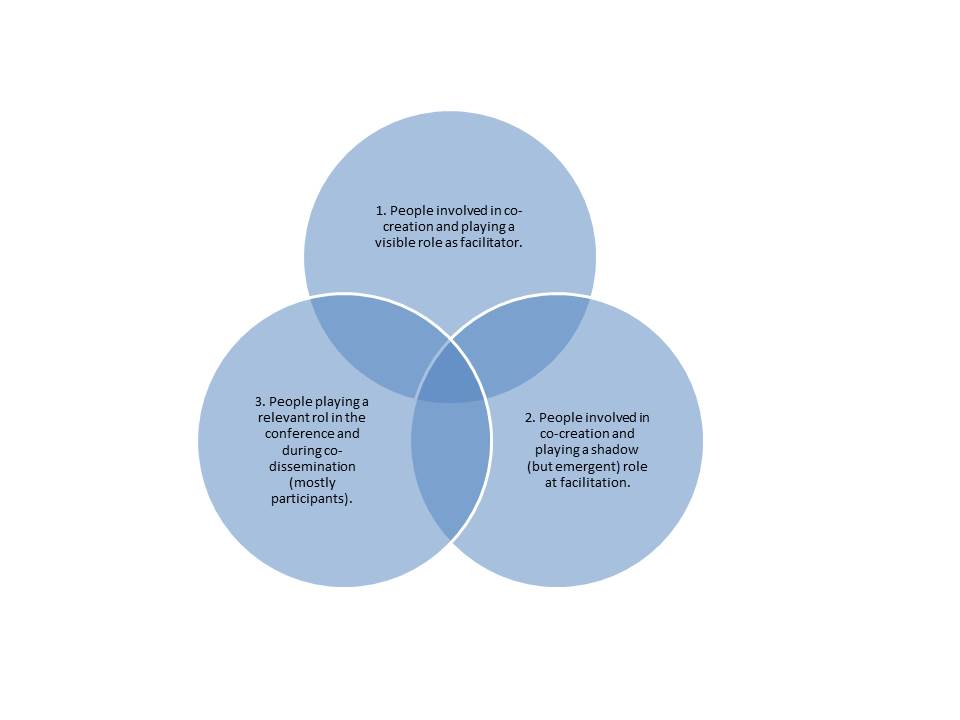Learning communities: aligning learning circles
Learning communities and multi-system collaborative initiatives are quite common at both social and business environment. For the last three years, at the Global Association of SOL Communities (GASC), we have been organising a European Learning Journey and Conference. In this post, I explore resistances appearing at this sort of community learning process.
The three learning circles
The first hypothesis sets there are three relevant learning circles in this form of community learning journey:
- Co-creation: People involved at this stage can learn from virtual meetings, experiences, previous debriefings, books and articles shared among members. All the valuable information is stored in shared folders on the Drive.
- Co-facilitation: Because there is not enough space for all co-creators to play a visible facilitator role, some co-creators have to collaborate as a shadow facilitator. The conference enables regular debriefings between visible and shadow facilitators.
- Co-dissemination: These are either members of learning networks (ex.: SOL community members) and participants attending to the conference.

Aligning learning circles
The second hypothesis sets that we should pay attention to potential imbalances among the three learning circles:
- Imbalance among co-creators: some co-creators believe they can influence on colleagues much more than colleagues can influence on them; some co-creators show uneven energy and commitment throughout the co-creation process, which usually last for few months; as the conference deadline approaches, co-creators become more sensitive to the agenda than to the learning process; finally, quite often co-creators sell their approach as one man shop, loosing the collaborative vision of the journey.
- Imbalance between visible and shadow facilitators: visible facilitators get more credit from participants than shadow ones; both visible and shadow facilitators get more credit for the learning journey than participants, however the latter play a relevant role during the learning journey; facilitators tend to believe the learning process ends up with the feedback process.
- Imbalance between circles 1, 2 and 3: the success of the conference is too much credited to visible facilitators and not enough to participants; also, co-creators and facilitators leave the conference very enthusiastic but there is little follow up of the co-dissemination process.


